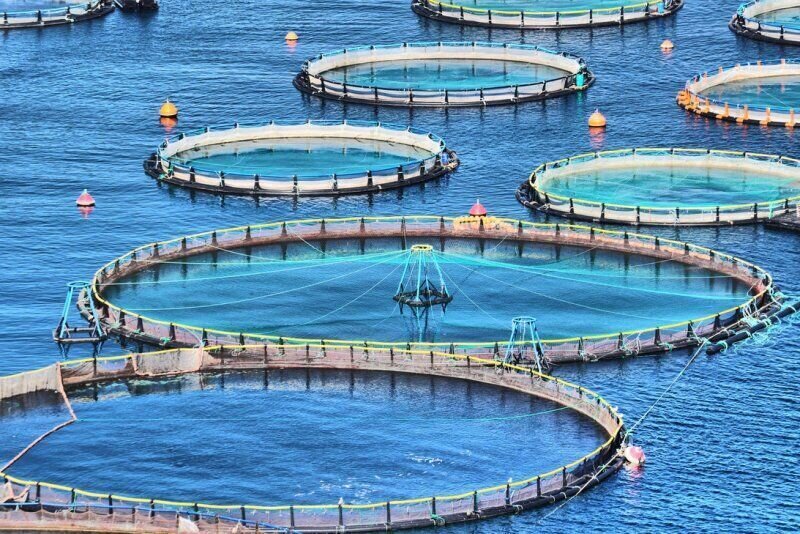17 strategic fishery projects underway as officials push for more funding

TEHRAN - Iran has begun implementing 17 high-priority fishery research projects aimed at improving productivity, reducing dependency, and advancing domestic aquaculture technologies, the country’s top fishery research official said.
Mohammad Sedigh Mortazavi, head of the Iranian Fishery Science Research Institute, announced the launch of the projects during a meeting of the Strategic Council for Fishery Research.
He emphasized that securing financial resources is essential to sustaining progress.
Despite past administrative disruptions, Mortazavi said coordination between research institutions and Iran's Fishery Organization (IFO) is being rebuilt.
The council, established in March 2023, includes representatives from the Fishery Organization, affiliated research institutes under the Agricultural Research, Education, and Extension Organization (AREEO), as well as biotechnology, engineering, vaccine, and agricultural training institutes.
Out of 345 research proposals submitted by member bodies, 61 were identified as core missions of the Fisheries Research Institute, and 17 of those have now entered the implementation phase.
The total estimated cost for the 17 active projects is 1.23 trillion rials (approximately $2.46 million), including 725 billion rials for aquaculture, 270 billion rials for fisheries and genetic conservation, and over 10 billion rials for processing and biotechnology initiatives.
Introducing new aquatic species and expanding offshore cage farming are among the most strategic yet costly programs, Mortazavi noted, underscoring the need for timely budget allocations.
Only 25 percent of the initial budget has been secured so far. To bridge the funding gap, Mortazavi called on state-run companies, banks, and government-affiliated institutions to allocate at least 60 percent of their research budgets to fishery, citing Article 4 of the national budget law.
Highlighting the sector’s significant financial turnover, he also proposed dedicating 0.5 percent of the value added from fisheries exports and processing—equivalent to one trillion tomans ($20 million)—to support strategic research through a targeted tariff.
EF/MA
Leave a Comment